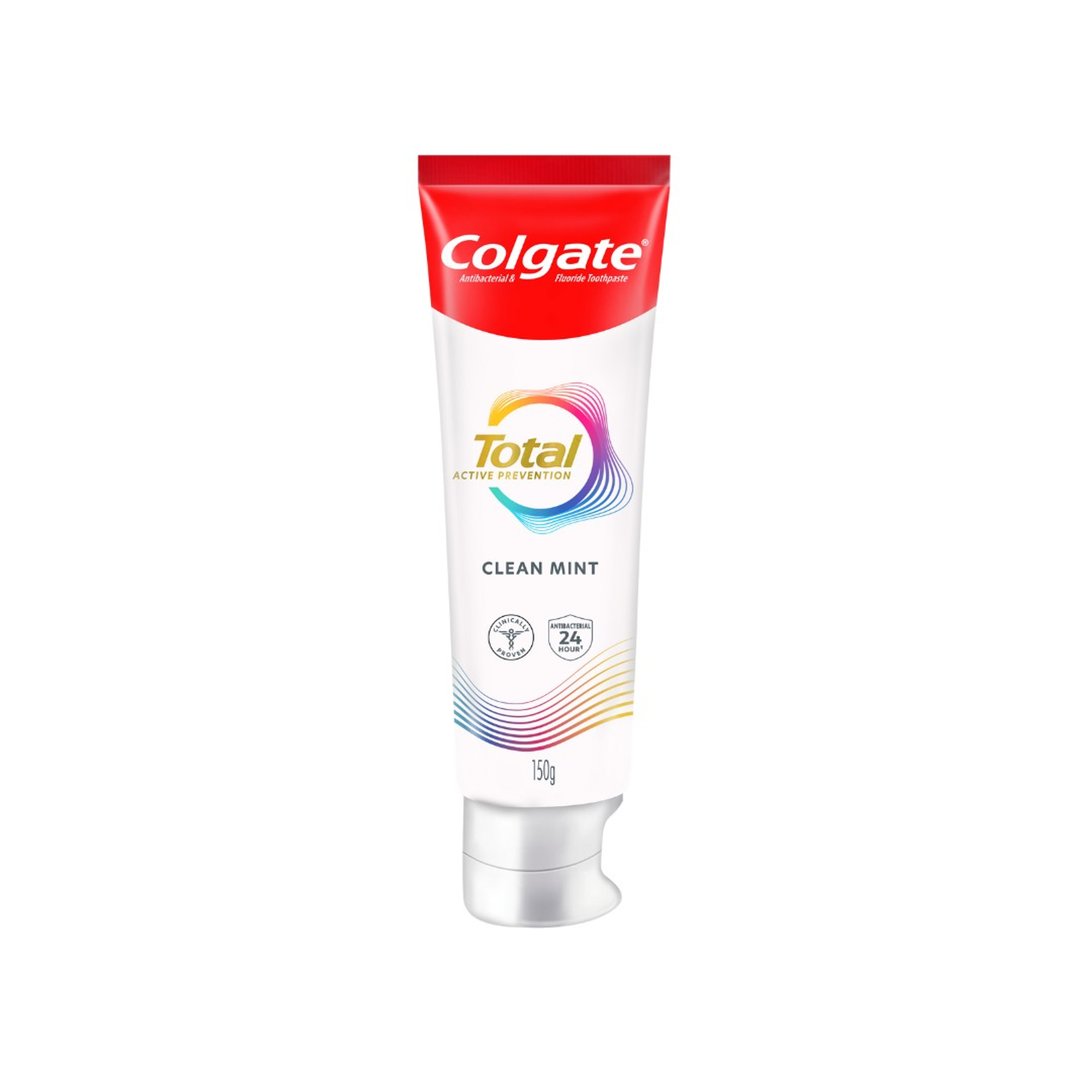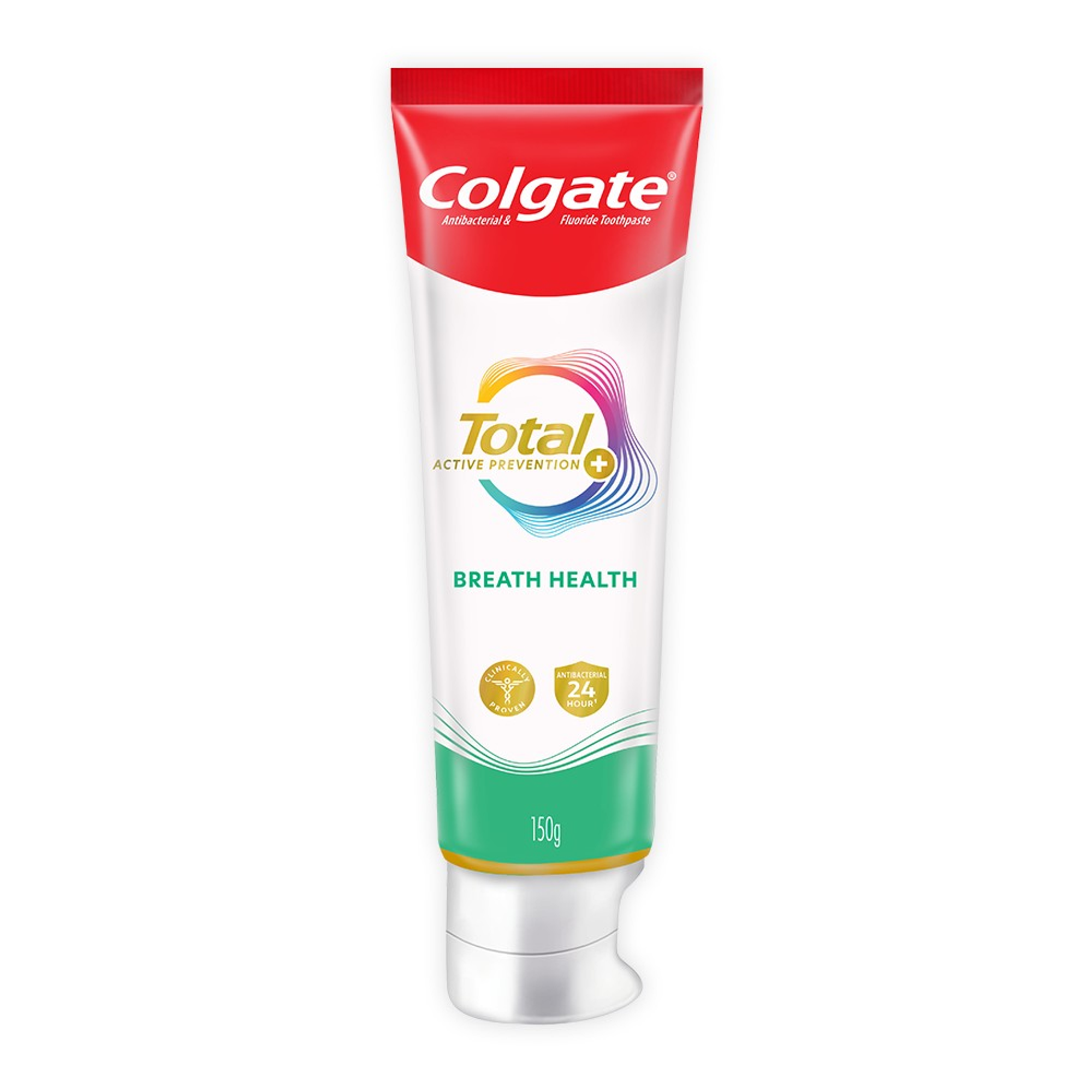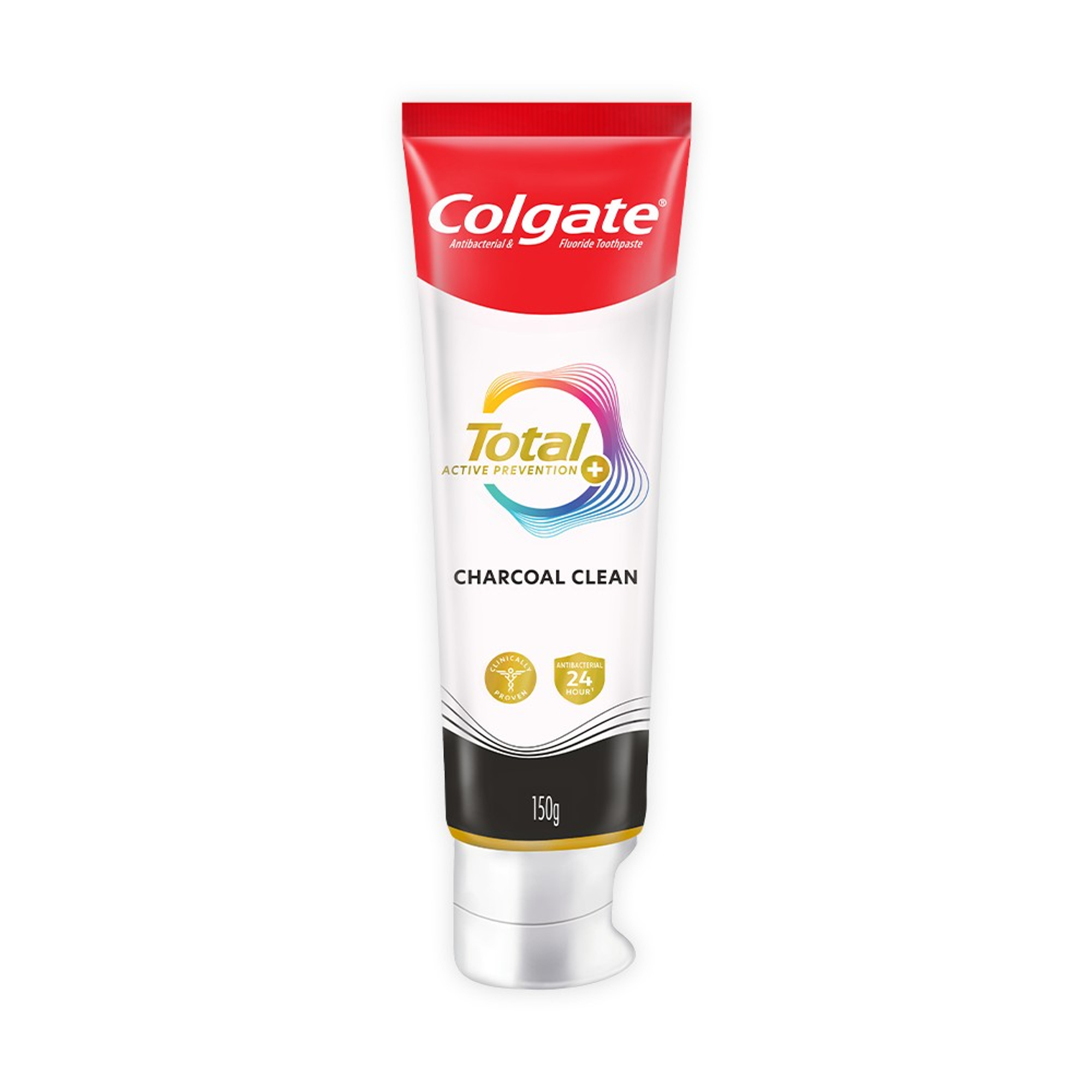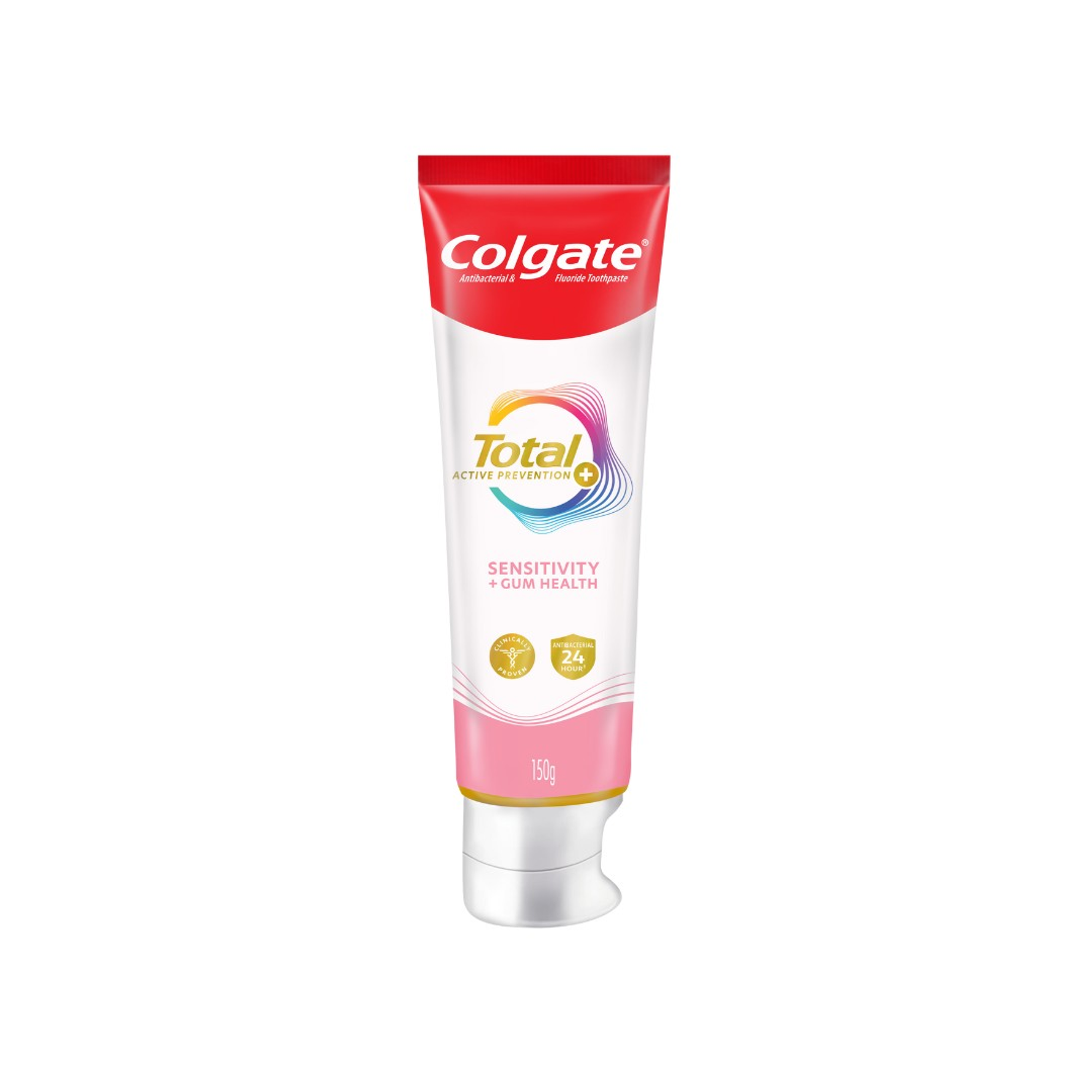-
-

ADULT ORTHODONTICS
Should You Use Mouthwash Before or After Brushing?Brushing and flossing are the foundation of a good oral hygiene routine, but mouthwash can also be a useful addition...

SELECTING DENTAL PRODUCTS
Soft Vs. Hard Toothbrush: Which One Should You Use?The toothbrush has come a long way. As the American Dental Association (ADA) notes...
-
Science & Innovation
- Oral Health and Dental Care | Colgate®
- Oral Health
- What Causes A Swollen Gum Around One Tooth?


Swollen gums are a fairly common occurrence and most often a sign of something that's easily treatable. But what does it mean if your gums are swelling around a single tooth? And what can you do to treat it? Here are some of the most common causes of swelling around a single tooth, along with treatment advice to keep you smiling.
1. Food Debris
If you have swelling around just one tooth in your mouth, it may be because you didn't get food debris out from under your gums, which can cause decay and inflammation. If you get the debris out early by brushing and flossing, the swelling may go away. If you're unable to resolve the problem on your own within a couple of days, make a visit with your dental professional. Left untreated, this can cause gum disease, which leads us to number 2...
2. Gum Disease
According to the Centers for Disease Control and Prevention, almost half of adults over 30 in the US have some form of gum disease. This condition is caused by bacteria built up around your gumline and has turned into plaque (a soft, sticky, colorless film). In its earliest stages (gingivitis), you may experience red and swollen gums. If your gingivitis goes untreated, your inflammation can develop into a more severe condition called periodontitis. Periodontitis can cause your tissue to recede, bone to wear away, teeth to loosen, and your teeth could even fall out. Luckily, gum disease is preventable by practicing good oral hygiene, and its more severe stages can be treated with deep cleaning (and, in some cases, surgery).
Learn more about gum disease.
3. Abscessed Tooth
An abscessed tooth is a small sac of pus in your gums caused by a bacterial infection. Most often, bacteria reach the blood vessels and nerves in your tooth's pulp (the inner chamber) because of tooth decay or a broken or fractured tooth, but tooth abscesses can also be the result of gum disease. Telltale signs include throbbing pain, red or swollen gums, a swollen jaw or face, a tender or sore tooth, a fever, and even a salty taste in your mouth. See your dental professional for treatment right away if you think you have an abscessed tooth. They usually aren't dangerous, but in rare situations, the infection can spread and create serious complications.
Learn more about abscessed tooth dangers.
4. Other Potential Causes
Other causes of swollen gums that could potentially occur around a single tooth include:
- Poorly fitting dentures or dental appliances
- Viral infection
- Fungal infection
- Side effects of medication
- Not getting enough nutrients
- Sensitivity to mouthwash or toothpaste
How to Prevent Swollen Gums
Most causes of swollen gums are preventable by practicing good oral hygiene. Brush at least twice a day at a 45-degree angle, brushing away from your gums to remove debris at or below your gumline. Clean between your teeth with floss, interdental brushes, or water flossers at least once a day. Consider using other helpful products like antimicrobial mouthrinses and tongue scrapers. And be sure to see your dental professional for regular appointments. If your swollen gums last more than a few days or your condition concerns you, don't wait until your next appointment. Visit your dental professional right away for diagnosis and treatment. They'll be able to help you get your oral health back to a condition you can smile about.
Related Articles


Bleeding gums are a common sign of gum issues. Discover what causes them and how to treat each cause effectively to protect your oral health
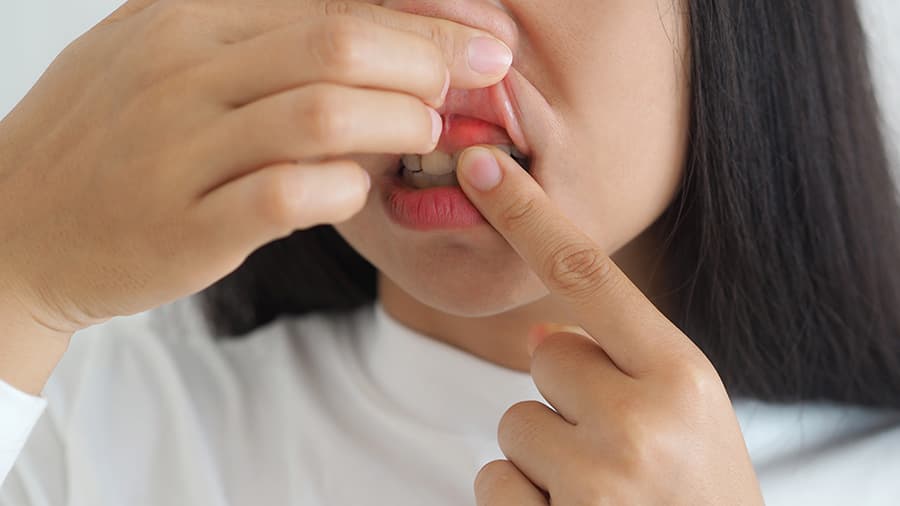
A periodontal abscess is a painful gum infection caused by bacteria in deep pockets around teeth, linked to swelling, redness, and severe discomfort.
Related Products

Helping dental professionals
More professionals across the world trust Colgate. Find resources, products, and information to give your patients a healthier future




